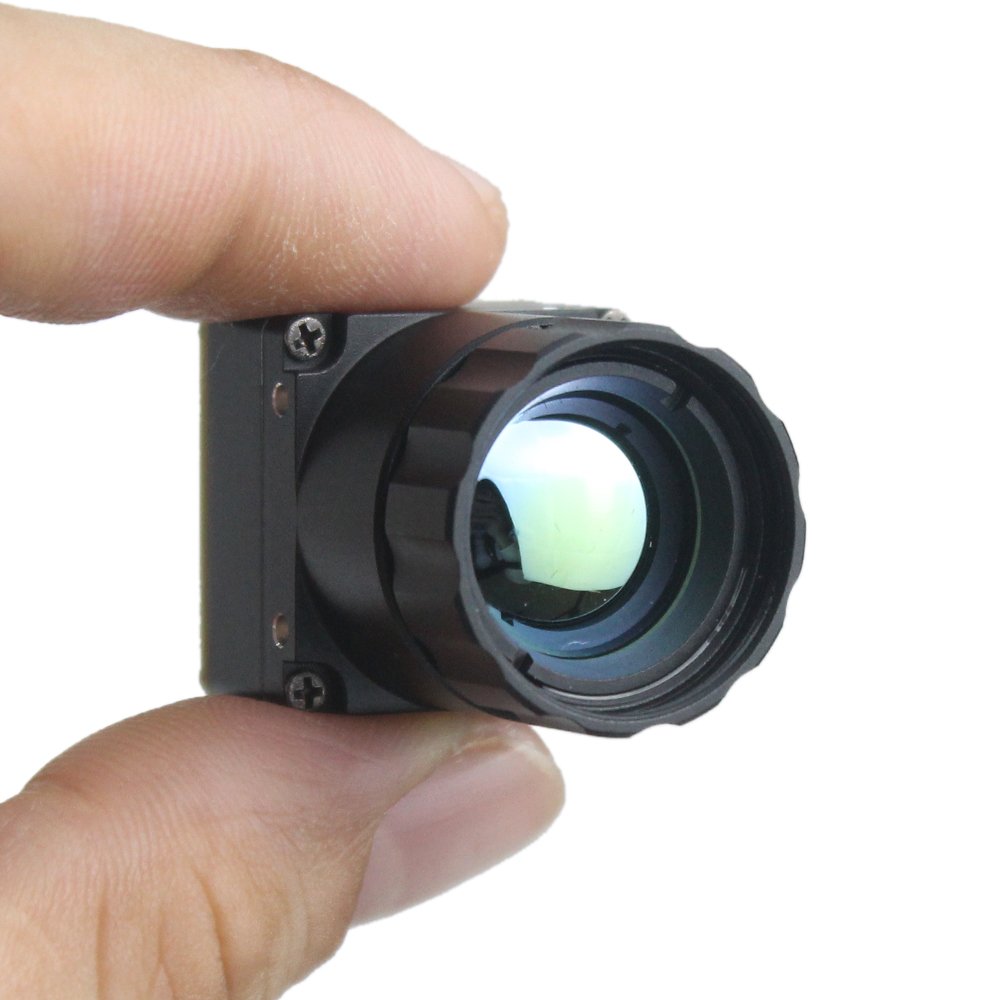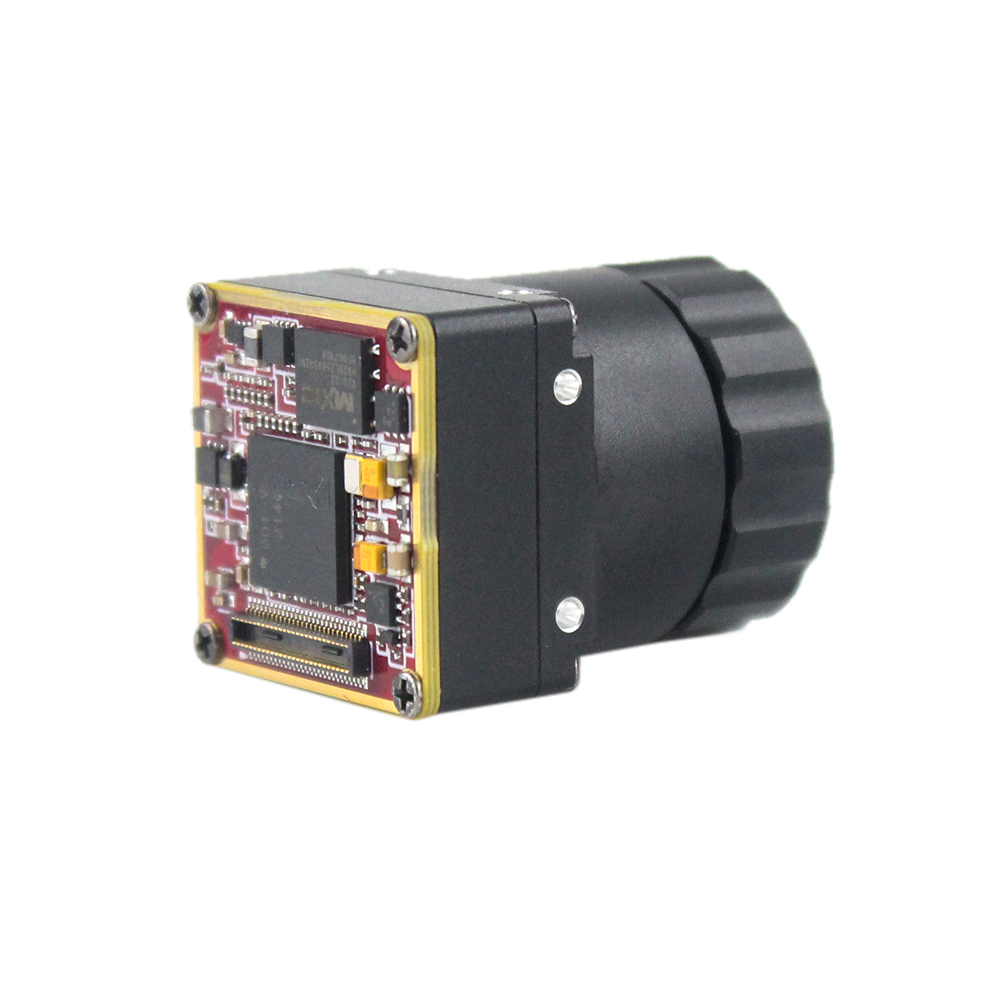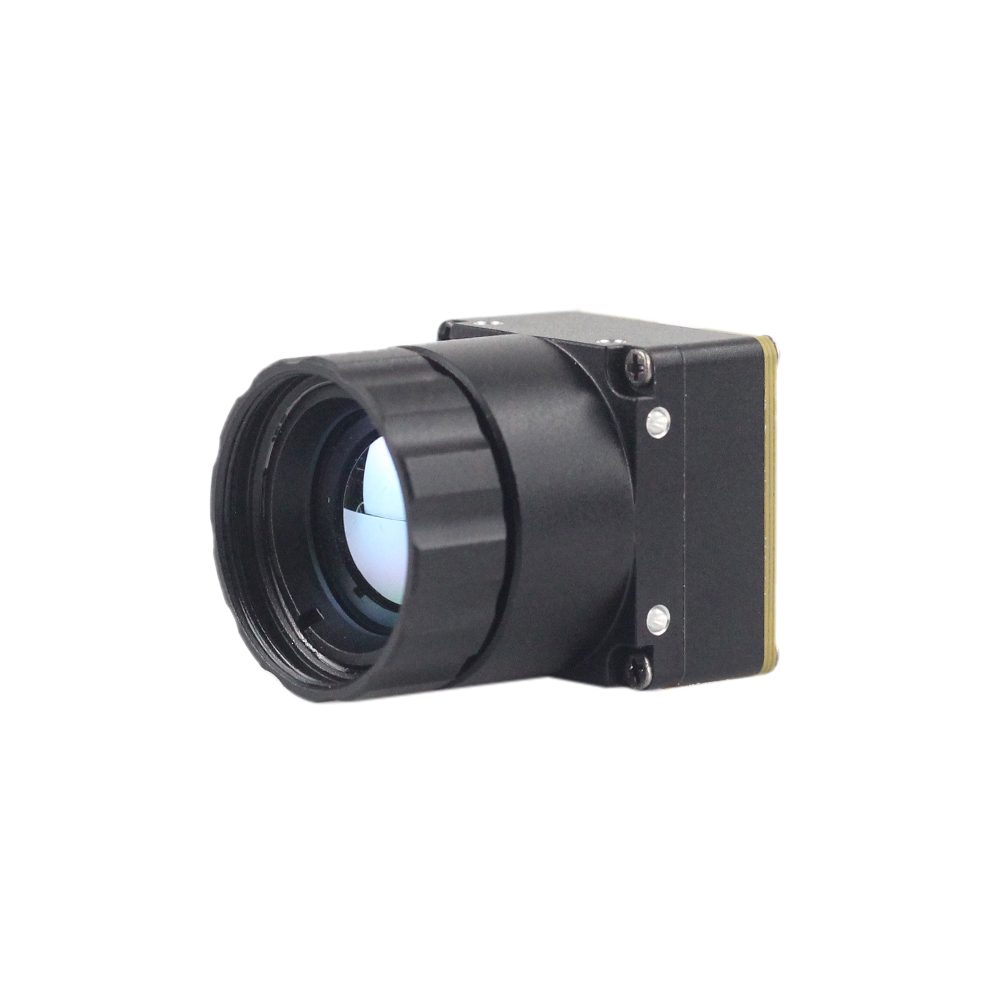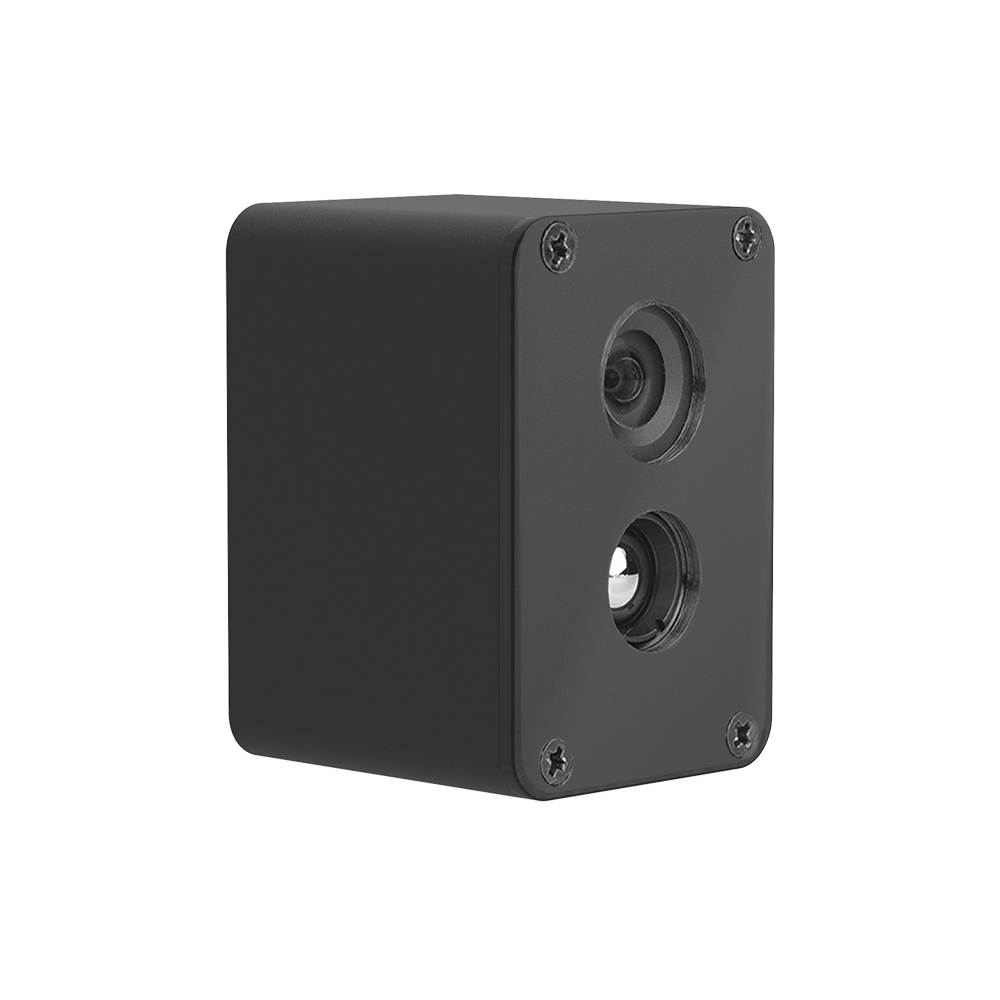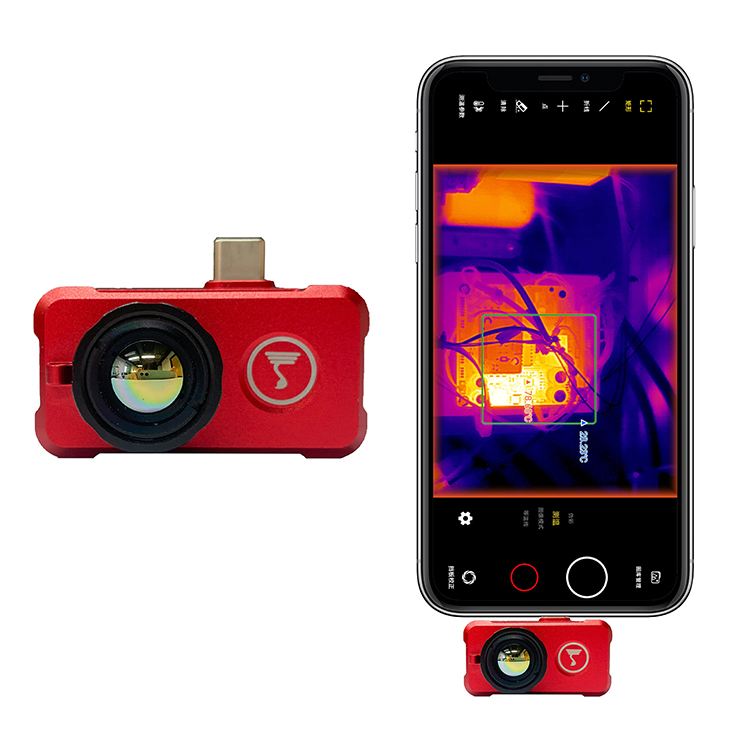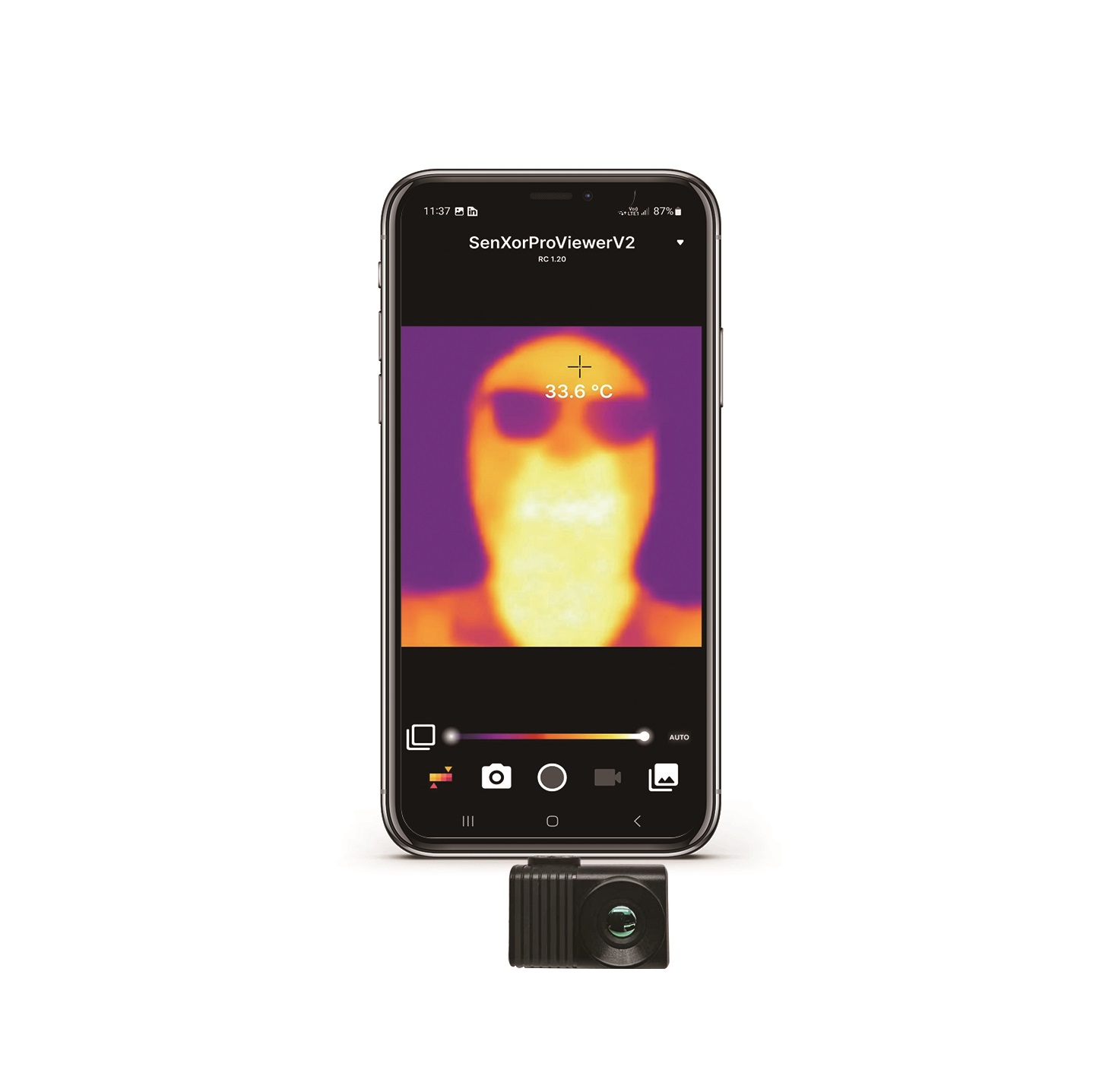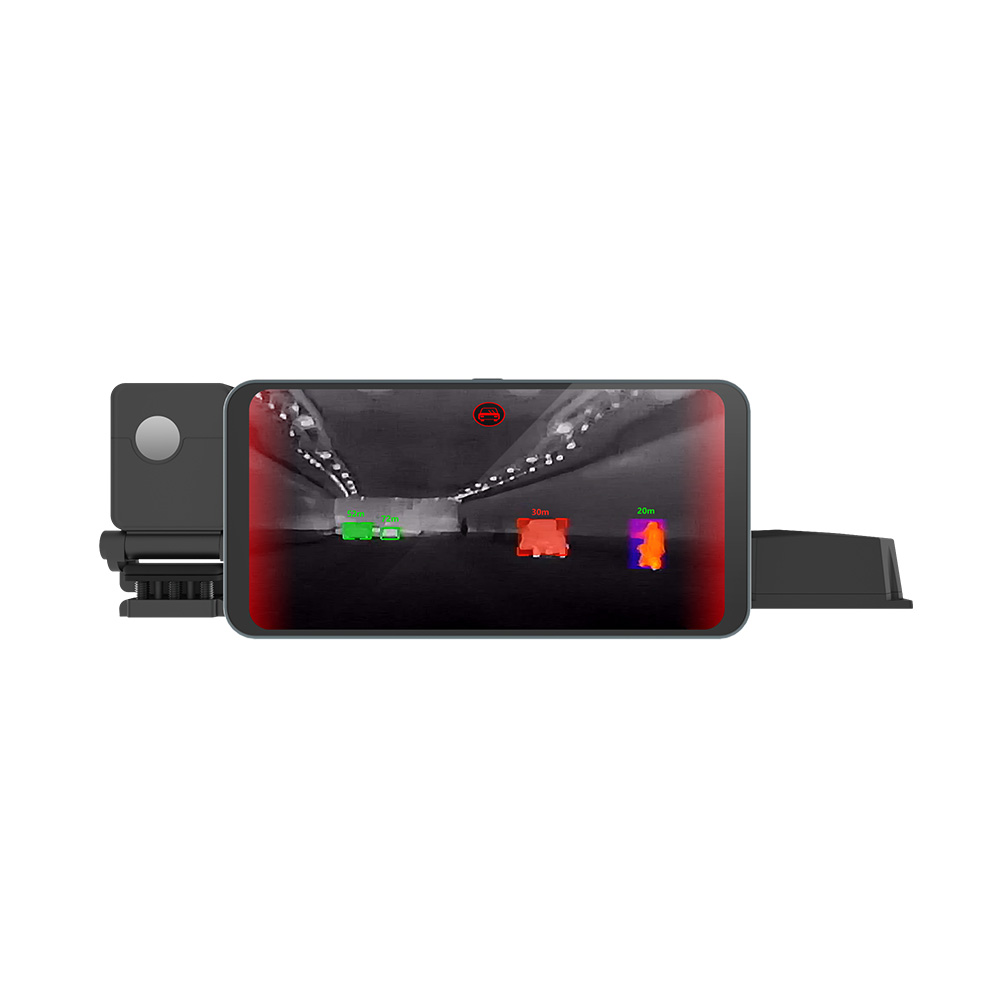Driving Night Collision Prevention Vehicle Mounted Thermal Camera
2025年3月12日High and low temperature humidity test of dual spectrum thermal imaging PTZ camera
2025年3月28日The hardware components of the drone pod
1.Core Components
Infrared thermal imager: high-sensitivity detector and optical lens
Stable gimbal: three-axis stabilization system and anti-vibration design
Data processing module: FPGA/GPU real-time image processing
Communication module: wireless data transmission (such as Wi-Fi, 4G/5G, satellite link)
2.Assistance Systems
Power management: drones power supply and pod independent battery
Environmental sensors: GPS, IMU (inertial measurement unit) data synchronization
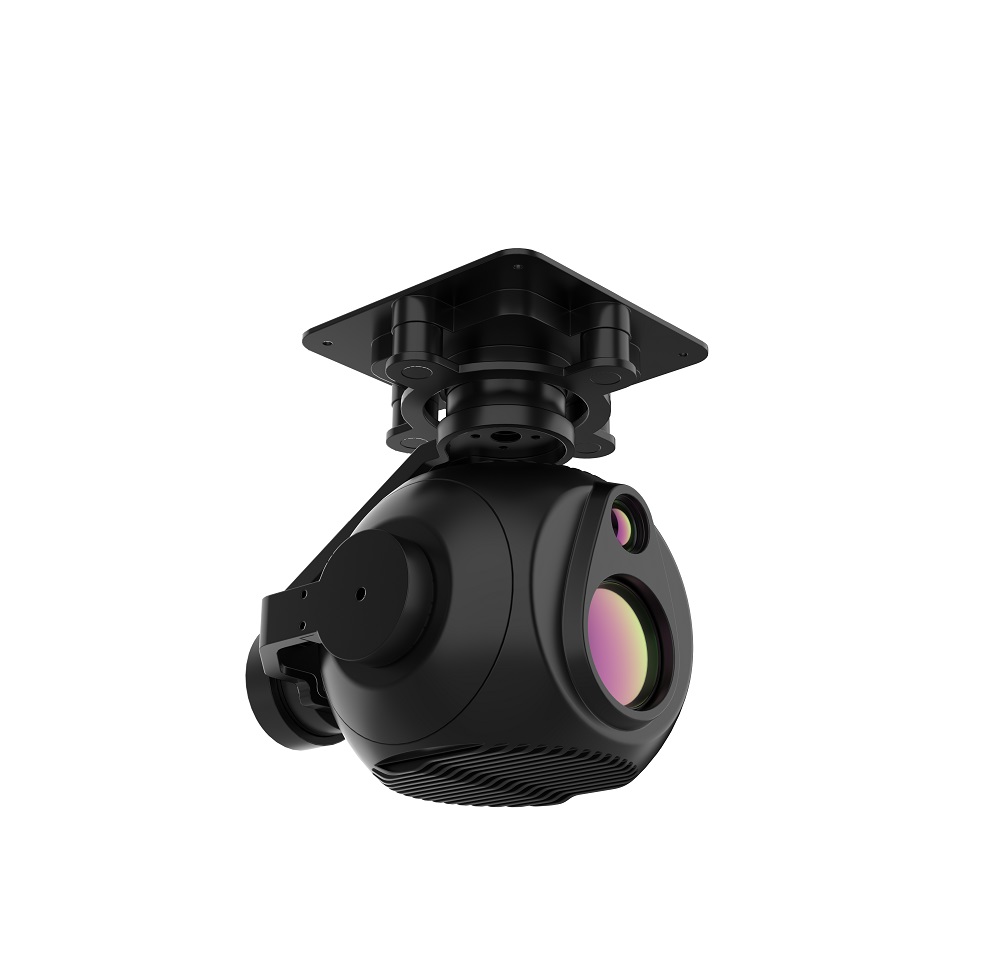
Collaborative working mechanism of pod and drone
1.Data collection process
Infrared detector receives target thermal radiation
Signal amplification, analog-to-digital conversion (A/D conversion) and noise suppression
Real-time image processing (temperature analysis, image enhancement
2.Data transmission and feedback
Fusion of thermal imaging data with drone flight data (e.g. geolocation tagging)
Real-time display and remote control of the Ground Control Station (GCS)
3.Pod control logic
Gimbal angle adjustment (auto tracking vs. manual control)
Multi-sensor data synchronization and timestamp alignment
Typical application scenarios and technical advantages
1.Application Cases
Night search and rescue: Locating missing persons through human heat sources
Power inspection: Detecting overheating faults in transmission lines
Agricultural monitoring: Analysis of crop health and irrigation efficiency
2.Technical advantages
Non-contact temperature measurement and all-weather working capability
High resolution and wide-area coverage efficiency

